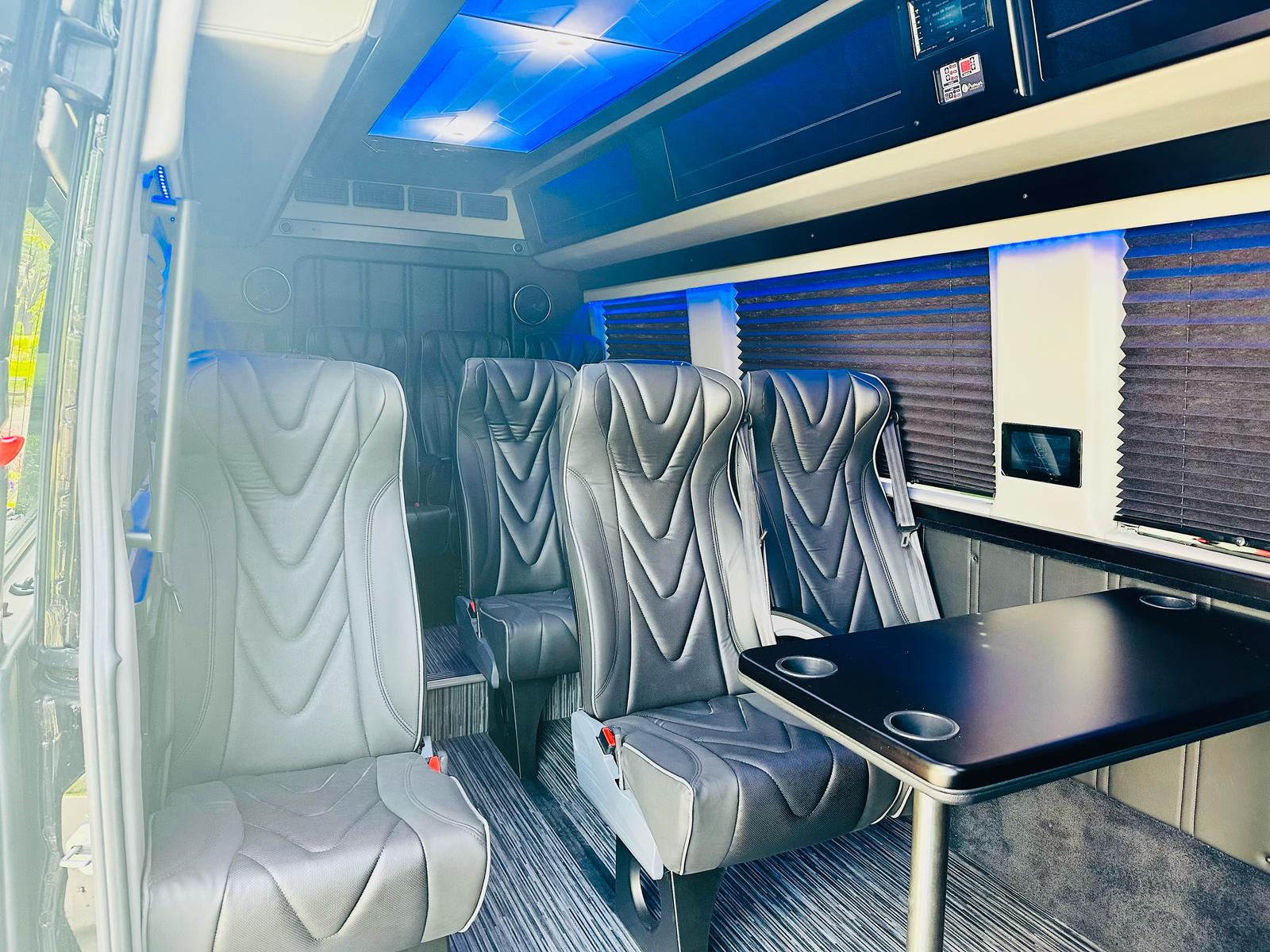
Student Transportation in Texas: A Complete Guide
Getting students to school safely and on time may seem like a basic necessity, but in Texas—a state known for its vastness—it’s a massive daily operation. With over 5 million students enrolled in public schools, student transportation in Texas is both a logistical challenge and a critical service that keeps the education system moving. Let’s dive into everything you need to know about how Texas transports its future.
History of Student Transportation in Texas
Back in the early 1900s, students in rural Texas often had to walk miles or ride horseback to get to school. Slowly, the state adopted more structured forms of transportation, beginning with wagons and eventually shifting to motorized buses. The iconic yellow school bus became a fixture by the mid-20th century, setting the stage for today’s complex network.
Current Transportation Landscape
Texas school districts transport more than 1.5 million students daily—that’s more than the population of some U.S. states! The needs vary widely between bustling urban centers like Houston and sprawling rural counties like Brewster. The Texas Education Agency (TEA) plays a big role in helping districts manage transportation systems based on geography and student demographics.
Modes of Student Transportation
School Buses
The traditional yellow school bus is still king. These buses are designed with student safety as the top priority, and Texas has strict regulations to ensure their reliability.
Safety Regulations
All school buses must pass regular inspections, and each driver is required to complete safety training, background checks, and hold a Commercial Driver’s License (CDL).
Public Transit
In urban areas like Dallas and Austin, public transportation systems partner with school districts to provide additional routes for students.
Discounts and Passes
Many cities offer student fare discounts or even free transit passes to make it easier for students to commute.
Carpooling and Ride-Sharing
Especially in suburban and rural areas, carpooling is a popular alternative. Some schools even have apps that match parents for ride-sharing.
Walking and Biking
Programs like Safe Routes to School encourage walking and biking by improving sidewalks, crosswalks, and signage near schools.
Texas School Bus Regulations
Bus Driver Qualifications
Drivers must:
- Be at least 18 years old
- Pass a physical exam
- Undergo fingerprinting and background checks
- Complete student behavior management training
Vehicle Standards
School buses must meet state and federal safety standards, including flashing red lights, stop arms, and reinforced frames.
Safety Protocols for Students
From assigned seating to no-tolerance policies for bullying on the bus, schools have systems in place to keep kids safe.
Funding and Costs
Student transportation is funded through a mix of:
- Local property taxes
- State reimbursements
- Federal grants for special programs
But costs are rising due to fuel prices, inflation, and driver shortages. Districts are increasingly turning to budget-friendly solutions, like routing software and staggered start times.
Environmental Impact
Texas has started to dip its toes into electric bus fleets. While the upfront cost is high, the long-term savings and lower emissions make it a smart investment.
Emissions from Traditional Buses
Diesel buses contribute significantly to air pollution, especially in congested urban zones.
Challenges in Student Transportation
Long Commute Times
In rural areas, some students ride the bus over 90 minutes each way. That’s a lot of lost time they could be spending on homework or rest.
Driver Shortages
There’s a statewide shortage of qualified drivers, and many districts are offering bonuses and flexible hours to attract more staff.
Infrastructure Limitations
Aging bus fleets, poor road conditions, and outdated routing systems continue to strain operations.
Student Transportation in Rural Texas
In areas like the Texas Panhandle or Big Bend, routes can stretch dozens of miles. Fewer students mean fewer buses, and many rely on centralized pickup points, which can be inconvenient or even unsafe.
Urban Transportation Challenges
Traffic Congestion
Cities like Houston or San Antonio deal with insane traffic, which delays buses and affects attendance.
Coordination with City Transit
Some school districts are working closely with municipal transportation departments to better integrate services and reduce overlap.
Role of Technology in Transportation
GPS Tracking
Modern school buses come with GPS systems that let parents track their child’s ride in real-time.
Mobile Apps
Apps like Here Comes the Bus or SafeStop are helping parents receive alerts, view schedules, and even notify the school if their child is absent.
Safety and Emergency Preparedness
Texas mandates regular emergency drills for all students riding the bus. Buses are also equipped with radios, cameras, and sometimes panic buttons to help respond quickly in case of emergencies.
Inclusivity in Transportation
Special Education Transport Services
Students with disabilities are given priority for specialized transportation, including aides and wheelchair-accessible vehicles.
ADA Compliance
Texas follows the Americans with Disabilities Act closely, ensuring all students have access to safe, dignified travel to school.
Parent and Community Involvement
Parents often serve on transportation committees, give feedback on routes, and even organize safety patrols. In some areas, community members volunteer as crossing guards or bike route leaders.
Conclusion
Student transportation in Texas is more than just getting kids from Point A to Point B—it’s about building a safer, smarter, and more inclusive journey to education. From traditional yellow buses to high-tech tracking apps, the Lone Star State continues to innovate in moving its youngest residents toward a brighter future.
FAQs
1. Are Texas school buses free for all students?
Yes, most public school buses are free, though policies vary by district and some fees may apply for optional services.
2. What should parents do if their child misses the bus?
Contact your school or transportation office. Many districts have late bus options or alternative pickup procedures.
3. How can I become a school bus driver in Texas?
You’ll need a CDL with a school bus endorsement, background check, physical exam, and specialized training.
4. Are school buses in Texas air-conditioned?
Not all. Older models often lack A/C, but newer buses typically come equipped, especially in hotter regions.
5. What is the Safe Routes to School program?
It’s a federal initiative aimed at making it safer and easier for students to walk or bike to school through improved infrastructure and community programs.


Add Comment